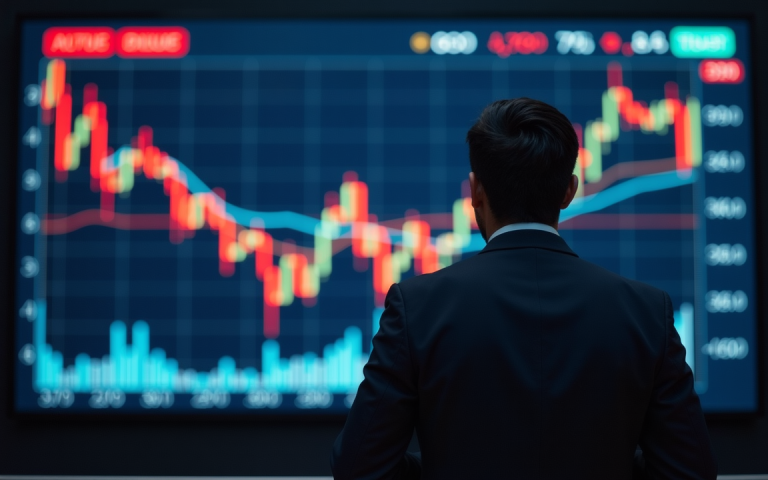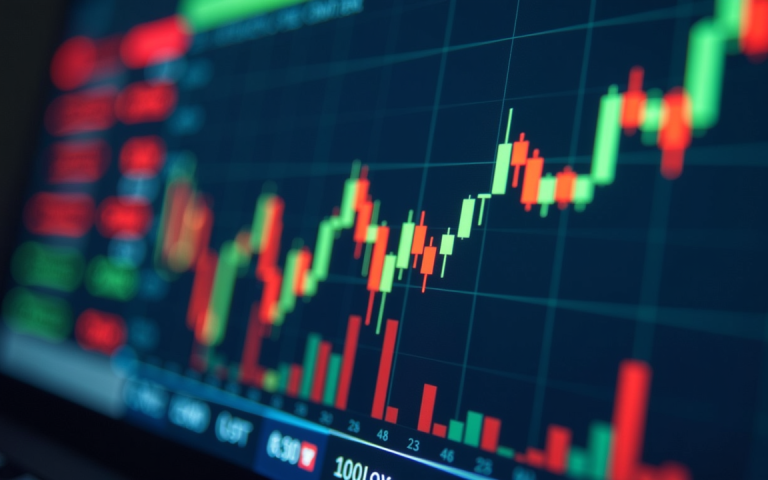The FTSE 100 Index has rebounded in the past few weeks as investors bought the dip and as global stocks surged. It has risen in the last 15 consecutive days, its longest winning streak in years. This article lists some of the top FTSE Index shares that are leading the charge this year.
Top FTSE 100 shares of 2025
Most companies in the FTSE 100 Index have rallied this year even as concerns surrounding tariffs remain.
Babcock International, a top player in the defense industry, is the best-performing company in the FTSE Index this year as it jumped by 67%.
Similarly, BAE Systems, another top player in the defense industry, has jumped by 54% this year. These firms have done well as investors focus on the rising defence spending in Europe and the United States.
Germany, a country that has always been conservative on spending, made headlines earlier this year when it voted to approve deficit spending worth billions of euros.
Other European countries like Italy, the UK, and France are all working to boost their defense spending, citing the unreliability of the United States under President Donald Trump.
Fresnillo stock has surged by 62% this year, making it the second-best-performing company in the FTSE 100 Index. This surge happened because of its industry since it is one of the biggest silver mining companies in the world. As such, its business is benefiting from the rising silver price, which has jumped to $33 from the year-to-date low of $28.
Silver has rallied because it is widely seen as gold’s small cousin. With the gold price rising, many people have moved to silver to benefit from its strong momentum.
Endeavor Mining share price has jumped by 45% this year, bringing the 12-month gains to 22%. Like Fresnillo, the Endeavor stock price is doing well because of its exposure to the commodity industry. The company is a top gold producer with mining operations in Senegal, Ivory Coast, and Burkina Faso. Its stock has soared because of the rising gold prices.
Other top FTSE Index top gainers
Coca-Cola share price has soared by 40% this year because the company is often seen as an all-weather player that does well in all market conditions. It is less exposed to Trump’s tariffs because most of its manufacturing is local and consumers always take its products.
Rolls-Royce’s share price has jumped by 37% this year as demand for its products and services has remained high. In its results last week, the management hinted that it will hit its annual profit and cash flow targets despite Trump’s tariffs.
Lloyds share price has soared by 30% this year, making it the best-performing bank stocks in the FTSE 100 index. This rally continued last week after it published strong earnings, helped by increased mortgage lending business. It has also largely settled the motor insurance claims that cost it over £1 billion last year.
The other top companies in the FTSE 100 Index are Prudential, Next PLC, Admiral Group, Aviva, NatWest Group, and BT Group.
Top laggard in the Footsie Index
Not all companies in the blue-chip Footsie Index have rallied this year. The top laggards in the index are WPP, Bunzl, Ashtead Group, Melrose Industries, JD Sports, Intercontinental Hotels, and Anglo American.
WPP, the biggest advertising agency in the world, has plunged by 30% this year as demand for advertising business waned. This demand may continue to wane as companies focus on cost savings because of Donald Trump’s tariffs.
Ashtead Group stock price has dropped by 18% this year as recession risks in the UK and the United States remain. Historically, equipment rental demand tends to wane when there is a downturn.
Looking ahead, the next important catalyst for the FTSE 100 Index will be the upcoming Bank of England interest rate decision. Analysts expect that the tariff issue will push the bank to cut interest rates by at least 0.25%.
The post FTSE 100 Index is surging: here are the top shares in 2025 appeared first on Invezz










